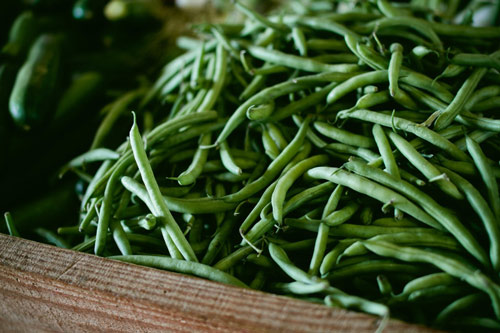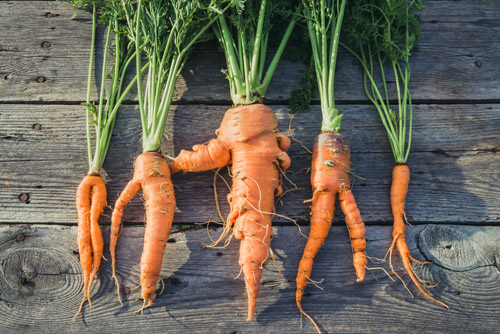Americans waste $165 billion worth of food each year. One in four calories produced are never eaten. Food is wasted at every step of the supply chain. Whether at the agricultural level in farms, during distribution of the food, at stores, and in our own homes.
Today, it is of utmost importance to reduce food waste, because one in seven people in the United States face hunger. Nearly 50 million Americans struggle to put food on the table. Reducing food waste, however, is very doable, and each person can personally make an impact.
The first level of food waste is on the farm. Fifty-percent of land is used for agriculture, yet, an enormous amount of food is wasted due to a lack of storage space, labor shortages, weather, pests, and uncertain market demand.
Here are some creative ways that people all around America are working on reduction of food waste on the farm.

Around the globe, the Postharvest Education Foundation estimates that 30-40% of production post-harvest and in food waste is lost. The goal of this organization is to provide empowering programs for people who wish to help reduce losses on the farm. They have created several online learning programs for people associated with small scale farms in underdeveloped countries, and mentor them in helping reduce food waste. They also provide post-harvest farming tools, providing free training materials, as well.
The Dickinson College Campus Farm began by collecting food waste scraps from the university’s cafeteria, composting it, and trying to make use of it in economical ways. They have since expanded this organization, and made it a huge initiative of composting throughout the whole university, pairing up with students who worked with farms, and other companies that managed compost.
Spare Fruit is taking on the challenge of surplus fruits and vegetables. “Sustainability is our passion,” they say. They create air-dried fruit crisps from the surplus produce at small farms, where fruits are discarded because they cannot be sold, or there is not enough room to store them. They provide their snacks to environmentally conscious business, companies, and other customers, and their profits are used to ensure the creation of these crisps.

The United States Department of Agriculture is also leading a variety of food loss and waste reduction activities. They are expanding their Farm Storage Facility, to allow more space for farmers to store their produce. They are researching different kinds of vegetables for their long-lasting characteristics. They are looking into 50 different of peppers to observe their shelf life, and even discovered a way to make lettuce cuts less detrimental to their freshness.
Through making innovative use of deformed fruits and vegetables, connecting with small farms for their extra produce and re-utilizing it, or volunteering with organizations that clean produce from post-harvest farms, there are many ways that farms can help prevent food waste.
What can you do? Here are a few tips for reducing food waste at home!
